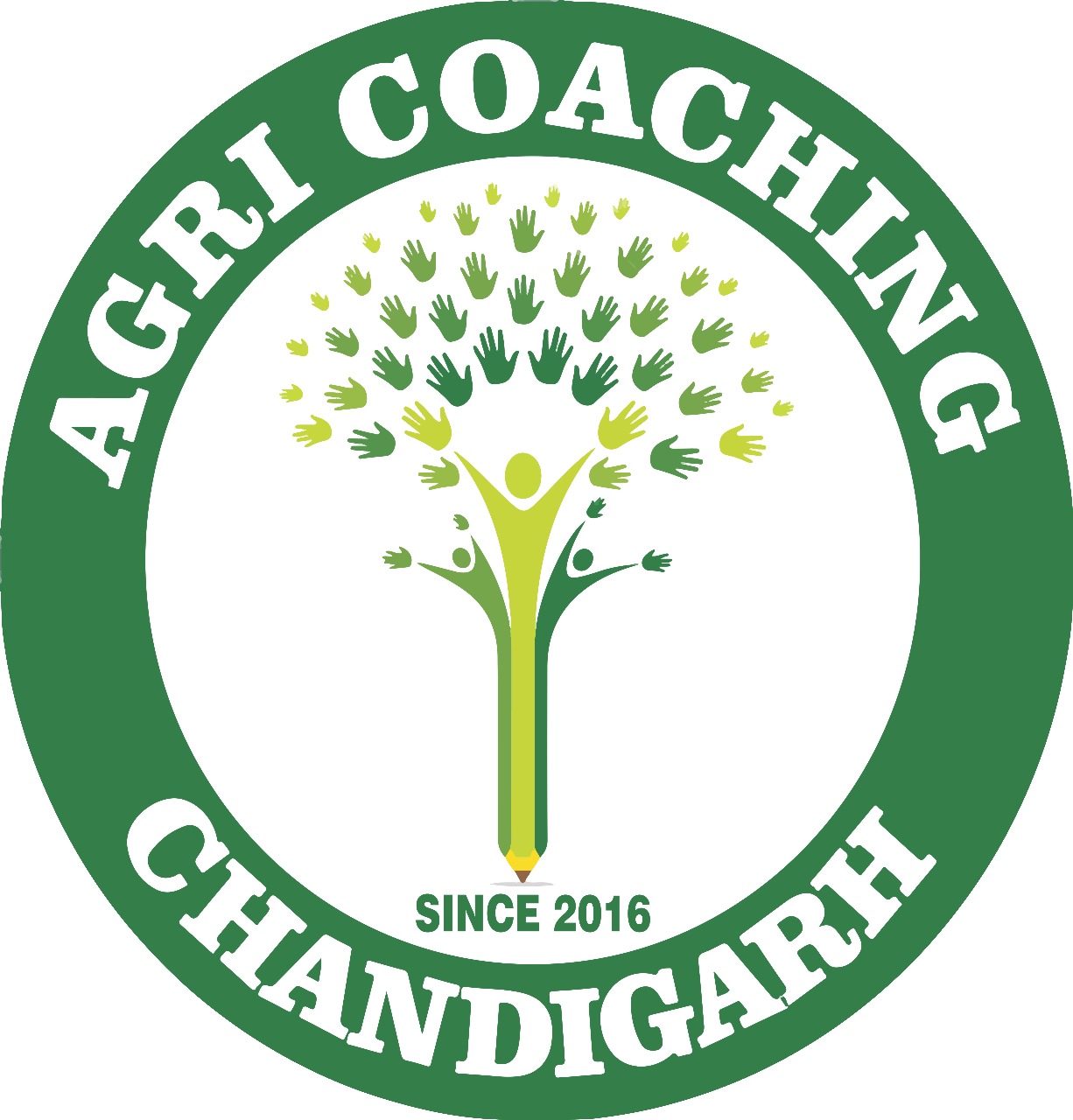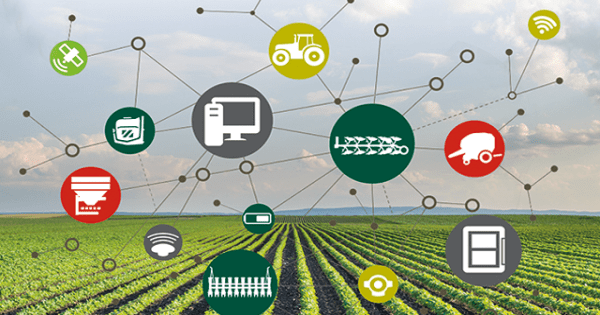Farming has evolved significantly from traditional methods to high-tech solutions that make agriculture smarter, more efficient and sustainable. One of the most exciting advancements is precision agriculture, which enables farmers to optimize resources, increase productivity and reduce environmental impact. This blog explores everything you need to know about precision agriculture systems, including how they work, their benefits and how they are transforming the future of farming.
What is Precision Agriculture?
Precision agriculture (PA)—also known as agri-precision farming—is a modern farming approach that leverages technology to monitor, measure and manage crops and livestock with extreme accuracy. Instead of treating entire fields uniformly, farmers can now apply inputs such as water, fertilizers and pesticides precisely where and when they are needed, reducing waste and enhancing productivity.
This transformation is made possible by advanced precision agriculture systems that integrate GPS, IoT sensors, drones, data analytics and automation to help farmers make more informed decisions.
Key Technologies Powering Precision Agriculture
Precision Agriculture GPS (Global Positioning System)
Precision agriculture GPS plays a critical role in modern farming by enabling:
- Field Mapping – Helps farmers create detailed maps of their fields to monitor variability in soil and crop conditions.
- Automated Machinery – GPS-guided tractors and harvesters ensure accurate planting and harvesting.
- Navigation & Tracking – Helps farmers track the movement and positioning of farm equipment, optimizing fuel and labour use.
Precision Agriculture Sensors
Precision agriculture sensors are used to monitor soil, crops and environmental conditions in real-time. Some common types include:
- Soil Sensors – Measure moisture levels, temperature and nutrient content to ensure optimal plant growth.
- Weather Sensors – Predict changes in temperature, humidity and rainfall, helping farmers plan irrigation and harvesting.
- Crop Health Sensors – Detect diseases, nutrient deficiencies and pest infestations before they spread.
Drones & Remote Sensing
Drones equipped with cameras and infrared sensors provide aerial imagery to:
- Identify pest infestations and crop diseases.
- Spot irrigation issues and dry patches in real-time.
- Analyze plant growth patterns for better yield predictions.
Variable Rate Technology (VRT)
VRT enables farmers to apply fertilizers, pesticides and water variably across different areas of the field. This technology:
- Reduces chemical overuse and minimizes environmental impact.
- Ensures crops get exactly what they need, improving yields.
- Lowers costs by preventing resource wastage.
IoT & AI-Based Smart Farming
- Internet of Things (IoT) devices collect and transmit farm data in real-time.
- Artificial Intelligence (AI) analyses patterns, predicts crop diseases and suggests optimal farming practices.
- AI-powered precision agriculture systems recommend ideal sowing times, irrigation schedules and harvesting plans.
How Precision Agriculture is Transforming Farming
Higher Crop Yields & Better Quality
By leveraging precision agriculture sensors and data analytics, farmers can optimize planting, irrigation and fertilization, leading to healthier crops and higher yields.
Cost Savings & Resource Efficiency
A precision agriculture system helps farmers reduce costs on water, fertilizers and pesticides by ensuring they are applied only where needed. This maximizes profitability and reduces waste.
Eco-Friendly & Sustainable Farming
By minimizing excessive chemical use and optimizing water consumption, agri precision farming helps:
- Reduce soil degradation and water pollution.
- Lower greenhouse gas emissions.
- Promote sustainable agriculture for future generations.
Early Detection of Crop Issues
With drones, remote sensing and AI-powered analysis, farmers can detect diseases, pests and nutrient deficiencies early, preventing large-scale crop losses.
Reduced Labor & Time Savings
Automation powered by precision agriculture GPS and AI reduces manual labour requirements while improving accuracy and efficiency.
Challenges & Future of Precision Agriculture
While precision agriculture has numerous benefits, its adoption faces some challenges:
- High Initial Costs – Advanced precision agriculture systems can be expensive for small farmers.
- Need for Technical Knowledge – Farmers require training to understand and utilize these technologies effectively.
- Connectivity Issues – Many rural areas lack internet access, which is necessary for real-time data transmission.
However, with the increasing affordability of precision agriculture sensors and GPS technology, these barriers are slowly being overcome, making agri precision farming accessible to more farmers worldwide.
With the power of precision agriculture GPS, sensors and AI-driven systems, farming is no longer just about working the land—it’s about working smarter. As more farmers embrace precision agriculture systems, the future of farming looks brighter, more productive and more sustainable than ever.
To Understand Precision Agriculture in better way for your Agricultural competitive exams with MCQs related to the topic You can visit our YouTube video on the same topic by clicking below:
Click here Precision Agriculture
And stay tuned with Agri Coaching Chandigarh Blogs for more informative content to ace your state and central level Agricultural Exams.






